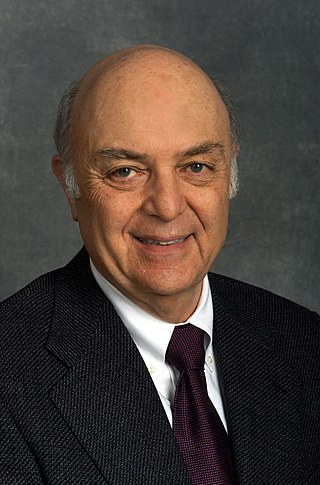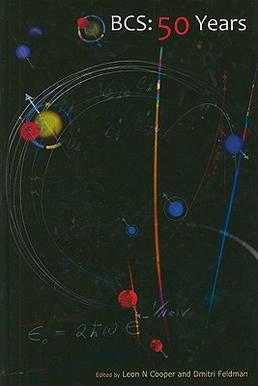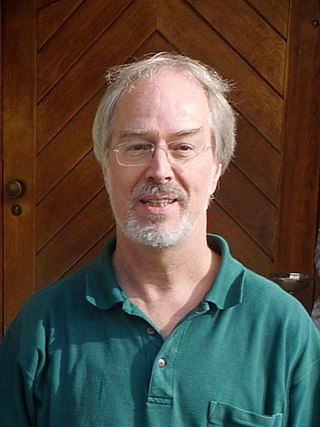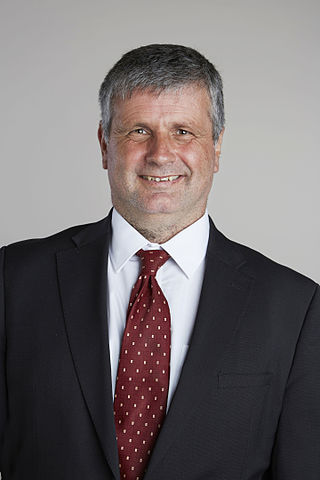
Condensed matter physics is the field of physics that deals with the macroscopic and microscopic physical properties of matter, especially the solid and liquid phases that arise from electromagnetic forces between atoms and electrons. More generally, the subject deals with condensed phases of matter: systems of many constituents with strong interactions among them. More exotic condensed phases include the superconducting phase exhibited by certain materials at extremely low cryogenic temperatures, the ferromagnetic and antiferromagnetic phases of spins on crystal lattices of atoms, the Bose–Einstein condensates found in ultracold atomic systems, and liquid crystals. Condensed matter physicists seek to understand the behavior of these phases by experiments to measure various material properties, and by applying the physical laws of quantum mechanics, electromagnetism, statistical mechanics, and other physics theories to develop mathematical models and predict the properties of extremely large groups of atoms.
Matter waves are a central part of the theory of quantum mechanics, being half of wave–particle duality. At all scales where measurements have been practical, matter exhibits wave-like behavior. For example, a beam of electrons can be diffracted just like a beam of light or a water wave.
The Max Planck Institute for Solid State Research was founded in 1969 and is one of the 82 Max Planck Institutes of the Max Planck Society. It is located on a campus in Stuttgart, together with the Max Planck Institute for Intelligent Systems.

Marvin Lou Cohen is an American–Canadian theoretical physicist. He is a physics professor at the University of California, Berkeley. Cohen is a leading expert in the field of condensed matter physics. He is widely known for his seminal work on the electronic structure of solids.
Heavy fermion superconductors are a type of unconventional superconductor.
The Fulde–Ferrell–Larkin–Ovchinnikov (FFLO) phase can arise in a superconductor in large magnetic field. Among its characteristics are Cooper pairs with nonzero total momentum and a spatially non-uniform order parameter, leading to normal conducting areas in the superconductor.

BCS: 50 Years is a review volume on the topic of superconductivity edited by Leon Cooper, a 1972 Nobel Laureate in Physics, and Dmitri Feldman of Brown University, first published in 2010.

Distrontium ruthenate, also known as strontium ruthenate, is an oxide of strontium and ruthenium with the chemical formula Sr2RuO4. It was the first reported perovskite superconductor that did not contain copper. Strontium ruthenate is structurally very similar to the high-temperature cuprate superconductors, and in particular, is almost identical to the lanthanum doped superconductor (La, Sr)2CuO4. However, the transition temperature for the superconducting phase transition is 0.93 K (about 1.5 K for the best sample), which is much lower than the corresponding value for cuprates.
Stephan W. Koch was a German theoretical physicist. He was a professor at the University of Marburg and works on condensed-matter theory, many-body effects, and laser theory. He is best known for his seminal contributions to the optical and electronic properties of semiconductors, semiconductor quantum optics, and semiconductor laser designs. Major portion of his research work has focused on the quantum physics and application potential of semiconductor nanostructures. Besides gaining fundamental insights to the many-body quantum theory, his work has provided new possibilities to develop, e.g., laser technology, based on accurate computer simulations. His objective has been to self-consistently include all relevant many-body effects in order to eliminate phenomenological approximations that compromise predictability of effects and quantum-device designs.
Bernhard Keimer is a German physicist and Director at the Max Planck Institute for Solid State Research. His research group uses spectroscopic methods to explore quantum many-body phenomena in correlated-electron materials and metal-oxide heterostructures.
Jochen Mannhart is a German physicist.

Gerhard Rempe is a German physicist, Director at the Max Planck Institute of Quantum Optics and Honorary Professor at the Technical University of Munich. He has performed pioneering experiments in atomic and molecular physics, quantum optics and quantum information processing.

Andrew Peter Mackenzie is a director of Physics of Quantum Materials at the Max Planck Institute for Chemical Physics of Solids in Dresden, Germany and Professor of Condensed Matter Physics at the University of St Andrews, Scotland. He became a co-editor of the Annual Review of Condensed Matter Physics as of 2020.
Giovanni Vignale is an Italian American physicist and Professor of Physics at the University of Missouri. Vignale is known for his work on density functional theory - a theoretical approach to the quantum many-body problem - and for several contributions to many-particle physics and spintronics. He is also the author of a monograph on the "Quantum Theory of the Electron Liquid" and a book entitled "The Beautiful Invisible - Creativity, imagination, and theoretical physics".
Philip W. Phillips is a theoretical condensed matter physicist at the University of Illinois at Urbana–Champaign. He has contributed to the studies of various topics in modern physics including high temperature superconductivity and gauge–gravity duality.
Silke Bühler-Paschen is a German-Austrian solid-state physicist and has been professor for physics at TU Wien, Austria since 2005.
Richard Allan Ferrell (1926–2005) was an American theoretical physicist, specializing in condensed matter physics and statistical physics.
Elbio Rubén Dagotto is an Argentinian-American theoretical physicist and academic. He is a distinguished professor in the department of physics and astronomy at the University of Tennessee, Knoxville, and Distinguished Scientist in the Materials Science and Technology Division at the Oak Ridge National Laboratory.
Gertrud Zwicknagl is a retired German solid-state physicist whose research involved the development of renormalized band theory for intermetallic solids and its application to the theory of superconductors and heavy fermion materials, as well as the study of heavy quasiparticles in uranium compounds. Formerly a professor of physics at the Technical University of Braunschweig, she retired in 2020.





